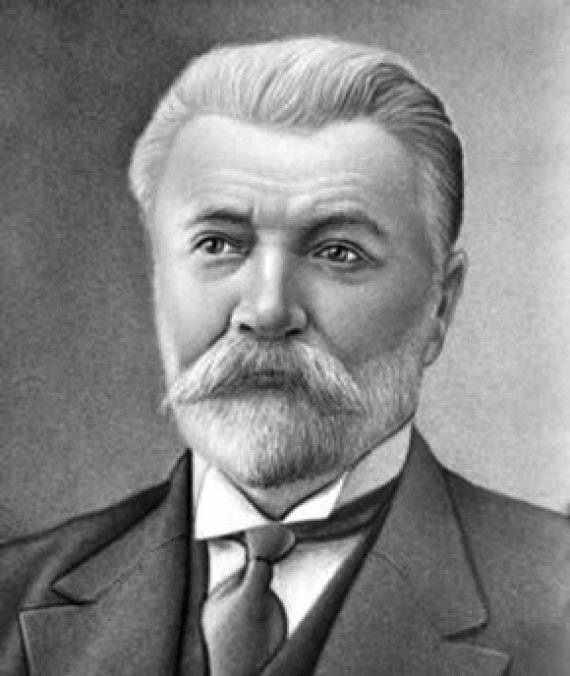It just looks like sand to a lay person. Pretty, with those graduated layers of brown. And impressively large: the profile in the temporary exhibition in Gaia is two metres high. But for experts this soil sample is a real piece of underground treasure. One of the experts is Brazilian researcher Cristine Muggler. The profile is a prominent exhibit in Isric’s Glinka Memorial Collection, which Muggler considers a unique collection of Russian soil profiles. The twenty profiles in this collection still in the possession of Isric were collected in the Soviet Union around 1924. They give a cross-section of Russian soil characteristics at that time, before the land became polluted by heavy industry and radioactive waste. This makes the profiles literally a piece of soil history. They provide soil scientists with valuable material for comparison.
World exhibition
But the history of the collection itself is just as interesting. The profiles are what remains of the collection the Russian soil scientist Konstantin Glinka created from 1924 onwards. The idea was that the profiles would steal the show at the first International Congress of Soil Science, held in Washington in 1927. The congress included an exhibition of soil samples from around the world. Soil science was still in its infancy and Muggler says the Russians were leading the way. Glinka was a pupil of Dokuchaev, who is seen as the founder of soil science. Glinka led the Russian delegation of 22 people attending the congress in Washington in June. The collection, which was later named after him, was transported along the trans-Siberian railway line and across the Pacific to the New World. The soil profiles arrived intact, but not on time – the congress had already ended.
Soil treasure
Despite that, Glinka was elected the first president of the International Soil Science Society. He died suddenly three months later, aged 61. The profiles went into storage, where they remained until they were donated to Isric in 1980. There were then still 55 profiles remaining of the estimated 60 to 70 in the original collection. Now there are only 20 left, and the rest have been returned to Russia or donated to other museums and universities. Muggler says the Glinka collection is a fine example of Isric’s soil treasures. The museum should value these treasures and take good care of them. That is why she has unearthed and documented their history.

